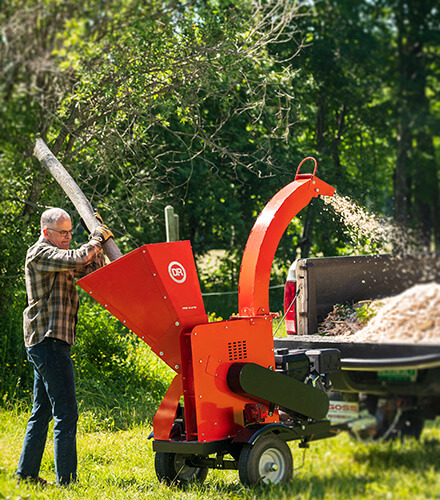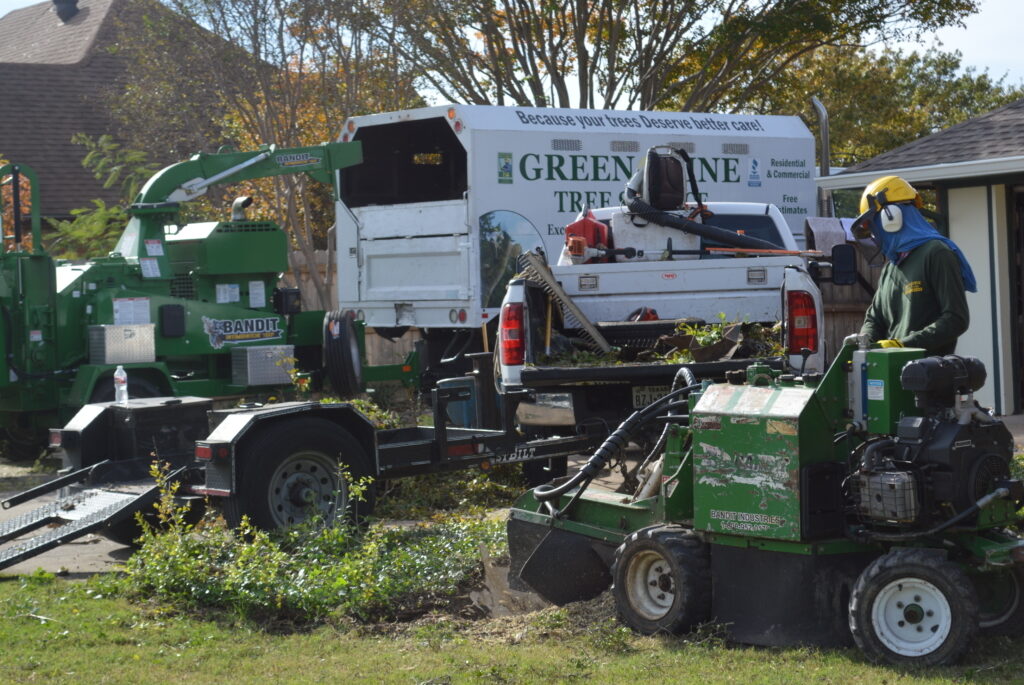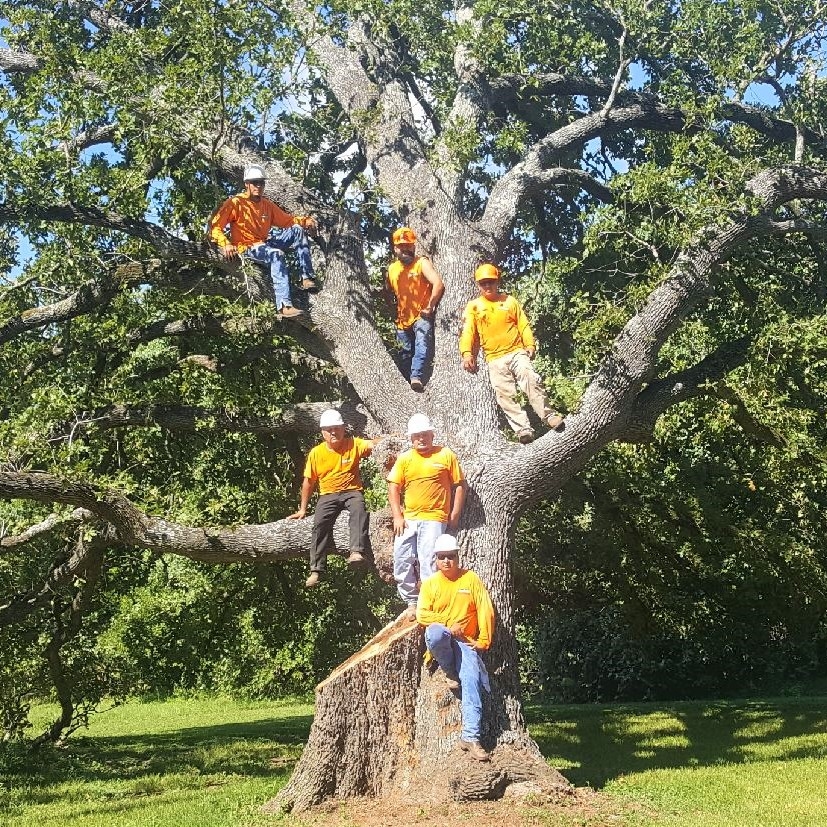What Is a Wood Chipper Machine?
Overview of Wood Chipper Machines
Definition and Functionality
A wood chipper machine is a powerful tool designed to reduce tree branches, logs, and yard waste into smaller, manageable pieces, often in the form of chips. These machines are widely used in landscaping, agriculture, and forestry to process organic debris, making it easier to handle, transport, or recycle. By breaking down bulky materials, wood chippers play a critical role in waste management and sustainable practices.
Common Applications
Wood chippers serve various purposes, including clearing land for construction, recycling fallen branches after storms, and producing mulch for gardening. Homeowners use them for backyard maintenance, while professionals in forestry and landscaping rely on larger, industrial models.
Types of Wood Chipper Machines
Drum Chippers
Disc chippers use a steel disc equipped with sharp blades to slice wood into small chips. Known for their efficiency, they are ideal for heavy-duty tasks and high-volume chipping. However, they tend to be larger and noisier than other types.
Disc chippers feature a steel disc with blades that cut wood into chips. They are commonly used in commercial and industrial settings due to their precision and ability to produce uniform chips, making them suitable for biomass production.
Screw Chippers
Screw chippers utilize a conical screw mechanism to grind wood into smaller pieces. These machines are less common but are known for their efficiency and ability to handle dense materials.
Electric vs. Gas-Powered Wood Chippers
Electric wood chippers are lightweight and ideal for small-scale operations, often used by homeowners. On the other hand, gas-powered chippers are robust and suited for larger tasks, offering greater mobility and power.
How Does a Wood Chipper Machine Work?
Key Components of a Wood Chipper
Engine
The engine powers the machine, with options ranging from electric motors to high-horsepower gas engines. The choice of engine determines the chipper’s strength and capacity.
Blades or Cutting Mechanism
The blades are the core of the chipper, cutting wood into smaller fragments. Regular maintenance and sharpening are crucial for optimal performance.
Hopper
The hopper is where the wood is fed into the machine. It guides the material toward the blades while minimizing risks to the user.
Discharge Chute
The discharge chute directs the processed wood chips to a collection area or storage bin. Many models allow users to adjust the direction for convenience.
Step-by-Step Operation Process
Feeding Materials
Begin by inserting wood into the hopper, ensuring that the material is free of nails, stones, or other debris that could damage the blades.
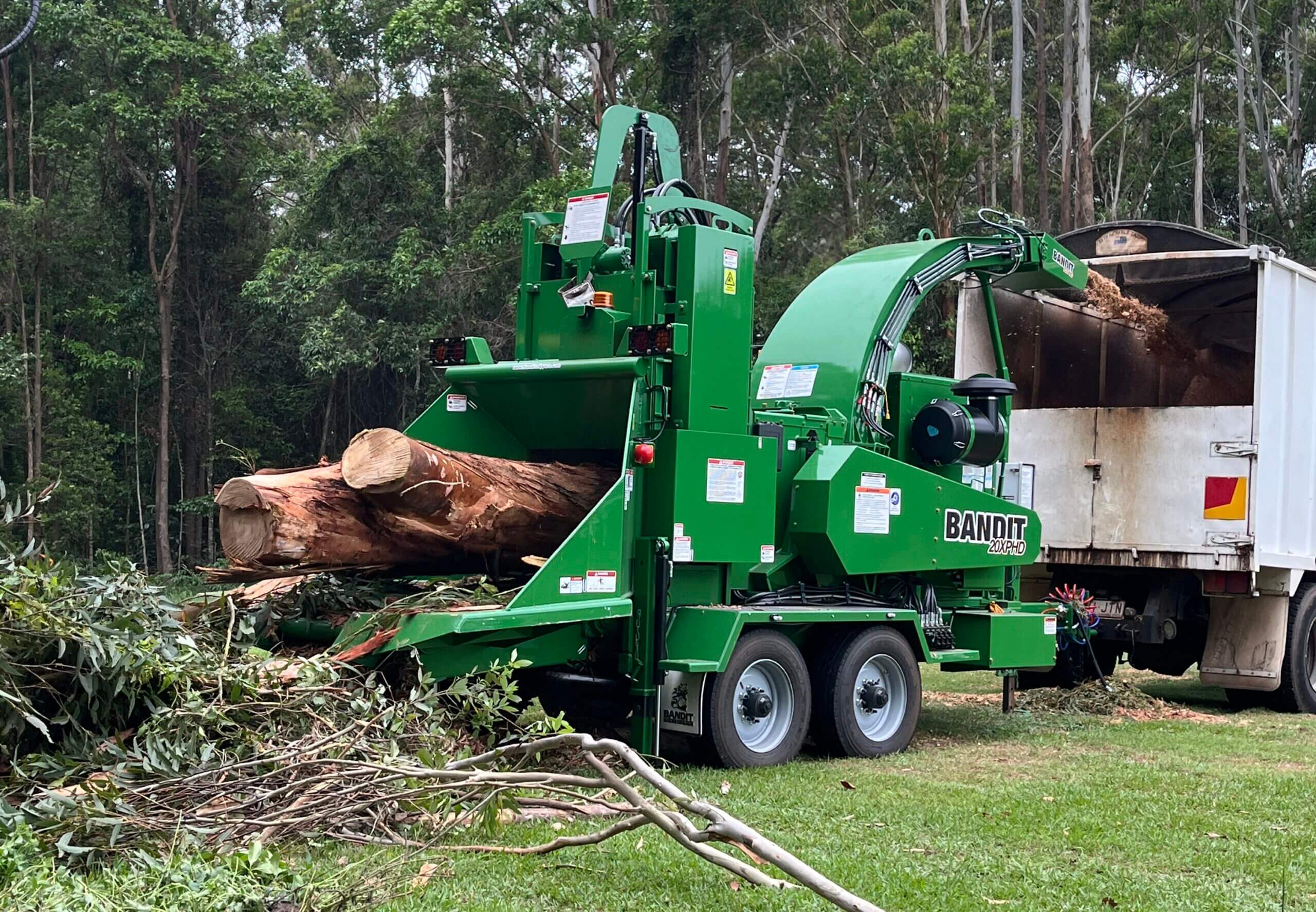
Chipping Process
Once inside, the rotating blades or cutting mechanism process the wood into chips. This process happens rapidly, reducing large branches into uniform pieces.
Collection of Chipped Wood
The wood chips exit through the discharge chute, ready for use in landscaping, mulching, or disposal.
Benefits of Using a Wood Chipper Machine
Waste Management and Recycling
Wood chippers transform yard waste and tree debris into valuable byproducts, reducing landfill contributions. The recycled chips can be used as mulch or compost, contributing to sustainable gardening practices.
Efficiency in Clearing Land
A wood chipper drastically reduces the time and effort needed to clear land, making it indispensable for property management and agricultural projects.
Production of Mulch and Compost
Chipped wood serves as an excellent mulch to retain soil moisture and suppress weeds. It also speeds up composting by breaking down organic materials into smaller pieces.
Choosing the Right Wood Chipper Machine
Assessing Your Needs
Size of Operation
Determine whether you need a compact machine for occasional use or a heavy-duty model for professional tasks. Small electric models are ideal for light yard work, while industrial chippers handle large-scale projects.
Types of Materials to Process
Consider the types of materials you’ll be chipping. Softwood branches, hardwood logs, or mixed debris require machines with varying capabilities.
Key Features to Look For
Engine Power
Select a machine with an engine powerful enough to handle the size and type of material you’ll be processing.
Portability and Design
Compact models with wheels are easier to maneuver, especially for residential use. For larger machines, ensure they are towable or have a stable base for safety.
Safety Features
Look for features like emergency shut-off switches, sturdy hoppers, and guards to protect against accidental injuries.
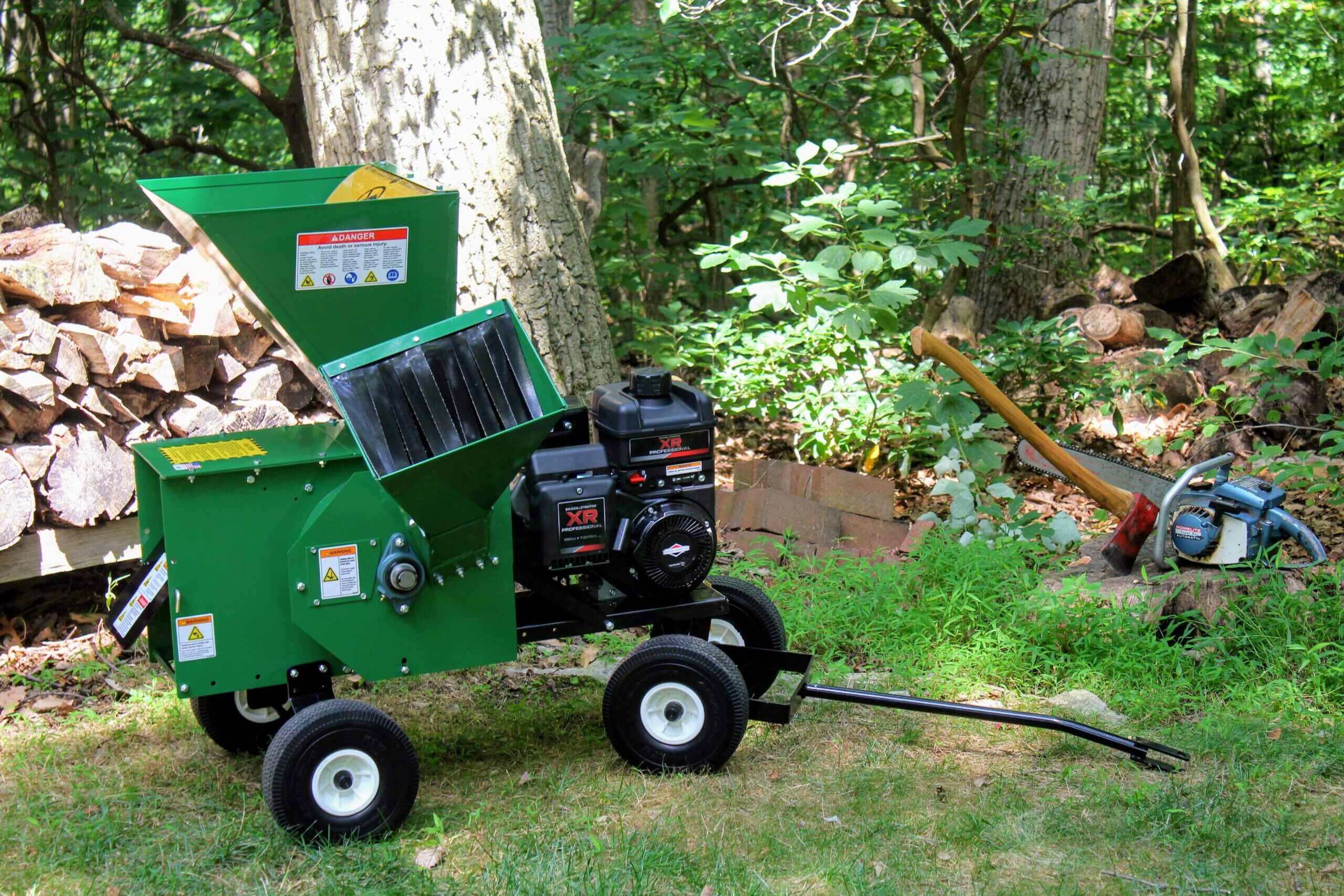
Maintenance and Safety Tips for Wood Chipper Machines
Regular Maintenance Practices
Sharpening and Replacing Blades
Blades are essential for a wood chipper’s efficiency. Over time, they dull from regular use. Sharpening or replacing them ensures the machine processes materials smoothly and avoids excessive strain on the engine.
Cleaning and Lubrication
Debris buildup can affect the chipper’s performance. Regularly clean the hopper, blades, and discharge chute to prevent clogs. Additionally, lubricate moving parts like bearings and the cutting mechanism to reduce wear and tear.
Essential Safety Guidelines
Proper Protective Gear
Always wear protective equipment when operating a wood chipper, including safety goggles, ear protection, gloves, and sturdy boots. To prevent accidents, it’s best to steer clear of wearing loose clothing or jewelry.
Safe Feeding Practices
Feed branches slowly into the hopper and use a push stick for smaller materials to keep your hands at a safe distance. Never attempt to force oversized wood pieces into the machine.
Avoiding Overloading
Overloading the chipper can strain the engine and damage blades. Adhere to the machine’s capacity guidelines, feeding materials that match its size and power.
Best Practices for Using a Wood Chipper Machine
Preparing the Machine for Use
Check the machine thoroughly for any signs of damage or loose components before you begin. Ensure the blades are sharp, the fuel tank is filled (for gas-powered models), and all safety guards are in place.
Handling Different Types of Wood
Not all wood is the same. Wet or green wood can clog the chipper, while dry, hardwood may require more powerful machines. Match the wood type to the machine’s capabilities for optimal results.
Proper Storage of Chipped Material
After chipping, store the wood chips in a dry, covered area to prevent moisture buildup. This ensures their quality for mulch, compost, or other applications.
